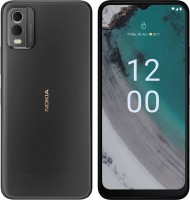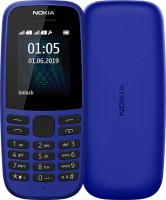Mobile Phones Nokia series X (medium +)
Nokia X
In 2021, Nokia decided to change the output and update its lineup. Instead of numbers, letters began to be used, as a result of which Nokia X smartphones replaced the flagship Nokia 8 and Nokia 9 handsets. At the same time, the main idea of the series remained the same - these are almost flagships with high-end cameras, stylish premium-class cases and modern equipment, which absolutely do not seek to compete with conditional iPhones and Samsung Galaxy S smartphones. Many Chinese manufacturers have made a name for themselves on such smartphones, and the people called them “semi-flagships”.
 |
The average X-series member almost jumps out of his pants to live up to the "top for the money" status. With an average price of around $300, such a device is usually equipped with a high-quality UHD display with natural color reproduction and increased hertz, an intelligent camera, modern communication modules, etc. The hardware here is productive, but it is unlikely to set records. Usually this is a mid-range one like Snapdragon 480 with 6-8 GB of RAM. Unlike other flagships with custom shells, Nokia X handsets run pure Android OS with a fixed three-year service life, as well as timely OS and security protocol updates.
Since the launch of the series, Nokia has been in no hurry to update, so the lineup of the series has less than half a dozen smartphones, the most interesting of which are the X10, X20 and X30 models. The first 2 are powered by the latest Qualcomm Snapdragon 480 mobile platform, the more powerful X30 is equipped with a Snapdragon 695 chip. The handsets support 5G communications, are equipped with Zeiss optics, NFC chips and fast charging. A signature feature of the series is a unique AI-based power saving system, thanks to which the Nokia X smartphone can work up to three days without recharging.





